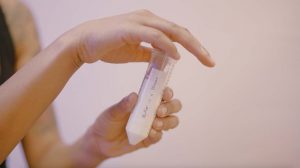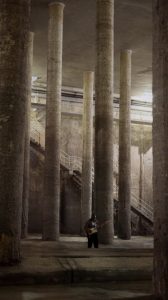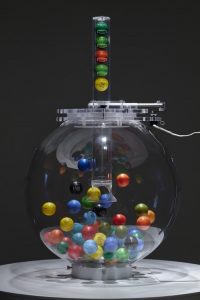Microcosmos, by Polona Tratnik, confronts the spectator with the everyday environment, in which everyone comes in contact with his/her body as also with his/her microorganisms.
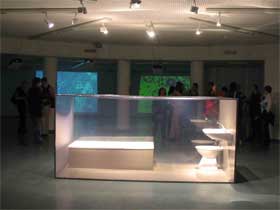
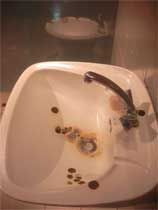
A bathroom was set up in a gallery space. It was first sterilized, then optimum living conditions were established – growth medium, moisture, oxygen. The microorganisms from the artist’s body were transmitted to the surfaces of the bathroom furniture and into the water. The bathroom was then covered with transparent foil. From that moment on no other microorganisms could enter the bathroom space and none of the inner microorganisms could escape.
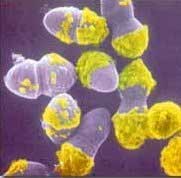
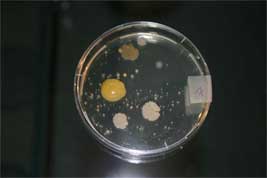
The spectator’s reaction to the situation is spontaneously negative. However, pictures of the microscopic species were projected onto the gallery walls. The images are beautiful, like abstract pictures with nice compositions, colors and forms. But if we confront them with living microorganisms for which we have strong negative reactions, the perception becomes complex.
Another living art piece likely to inspire mixed feelings is Fibre Reactive, by Donna Franklin. Fungi, a material that has traditionally been used to dye cloth for centuries, is living in symbiosis with a dress. The living garment is encrusted with growing funghi. The project aims to raise questions about the commodification of living entities, the implications of manipulating living organisms and the production of biological art.
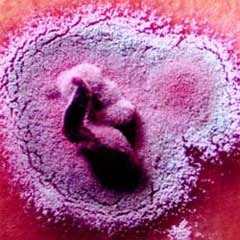
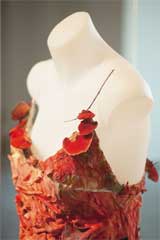
Project developed in collaboration with the Symbiotica art&science lab at the University of Western Australia. Images 1 and 2.

